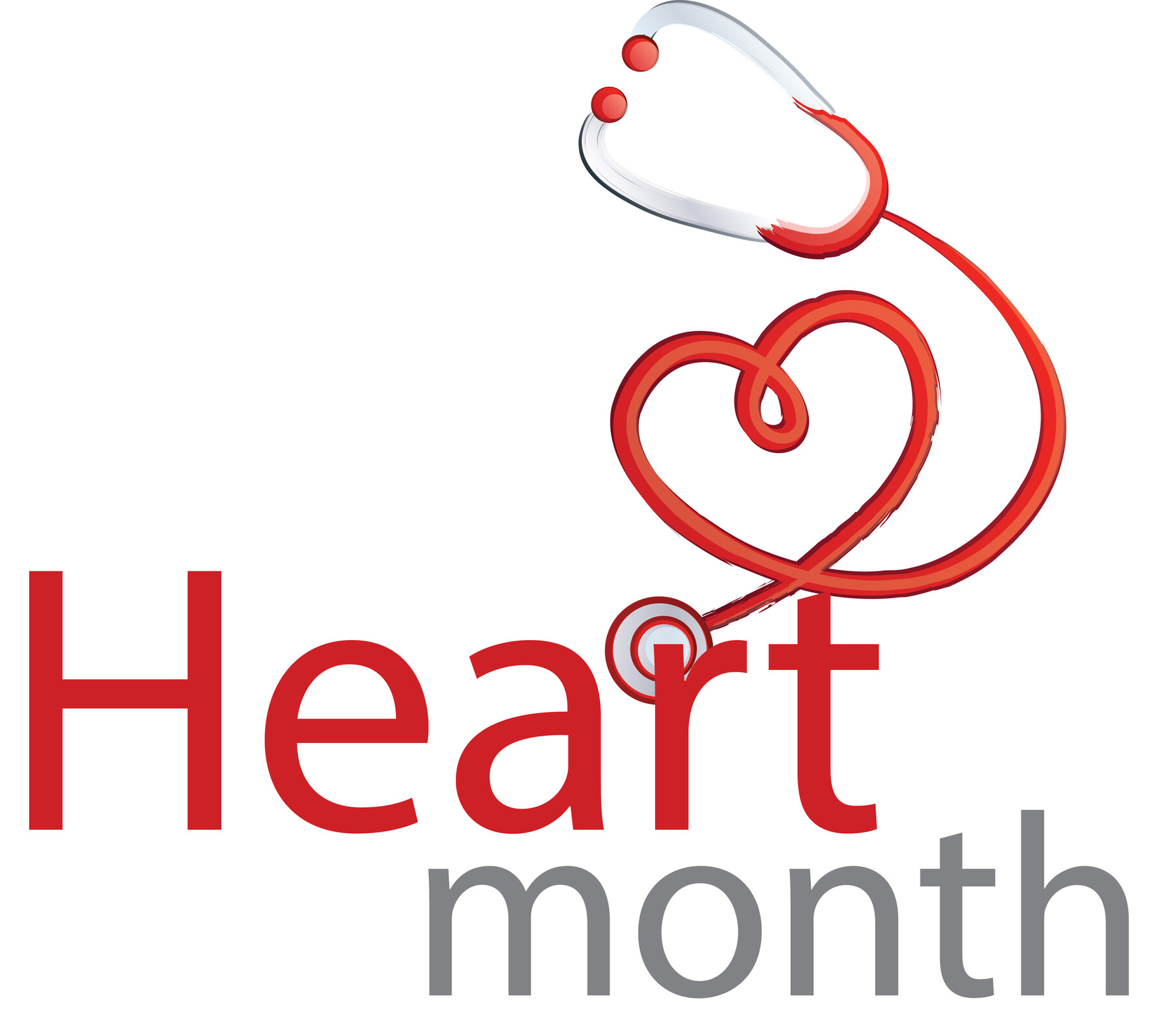~ by Carol Vartuli
Did you know there are at least 70 different idiomatic expressions formed with the word heart?
“I learned it by heart,” “My heart sank,” “He’s all heart,” and “She’s young at heart” are just a few.
How did we come to use the word ‘heart’ so many ways?
It likely reaches back to the ancient Greeks who believed the heart was the center of intelligence, memory, and emotion. In fact, in the fourth century B.C., Aristotle described the heart as being the most important organ in the body, while nearby brain and lungs existed to cool it!
Centuries later, the heart’s role as a major pump, or engine for the body was well understood, but its metaphysical attributes remained well-entrenched in language.
The Modern Heart
Although not the center of intelligence and memory, as once thought, the heart is a most vital organ, and prone to serious illness and failure. Heart disease still remains the number one cause of death in the United States.
That’s not for lack of medical knowledge. Doctors know exactly how the heart works and what damages it. They can replace faulty valves, bypass clogged arteries, and transplant healthy human hearts into patients whose own hearts are failing. Yet, heart disease claims more than 655,000 American each year— that’s 1 in every 4 deaths, according to the CDC.
Research continues to increase our understanding about whom heart disease affects, and how. For example, we now know that heart attacks affect women differently than men. Women may experience symptoms of pain in the back, arm, neck, or shoulder; nausea; fatigue; shortness of breath; or vomiting.
Surprisingly, younger women are at higher risk than men in the same age group. Women under the age of 50 are twice as likely to die of a heart attack as men.
Learning by Heart
About 80 percent of cardiovascular disease could be prevented if people took control and followed these everyday healthy living steps:
- Eating nutritious food
- Doing regular physical activity
- Maintaining healthy body weight
- Not smoking
- Controlling blood pressure, cholesterol, and blood glucose levels
Imagine deducting 80 percent from 655,000 — or saving 524,000 lives a year!
That won’t come from medical treatment-- but prevention. Each February since 1964 has been observed as American Heart Month, in which the medical community encourages us to accept and act on the realities of heart disease.
Year round, the American Heart Association (https://www.heart.org/) serves up a wealth of current information, including:
- Explanations and pictures about heart disease and stroke, and clear indicates how to recognize symptoms of heart attack.
- Easy, specific guides for losing weight, eating heart-healthy meals, and getting sufficient exercise.
- An online support network for people living with heart disease, to share their experiences and connect with others.
Whether you currently suffer from heart disease, or want to avoid it, your heart health depends on your brain’s ability to embrace a healthier lifestyle.
This month, why not set your heart on keeping your engine strong? It’ll not only do your heart good, but your entire body as well.
The information in the above article is not intended nor implied to be a substitute for professional medical advice, diagnosis, or treatment. Always seek the advice of your physician or other qualified health provider with any questions you may have regarding a medical condition.
